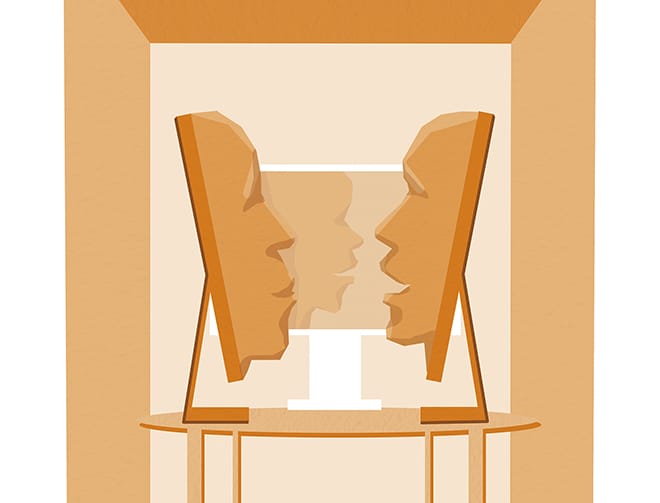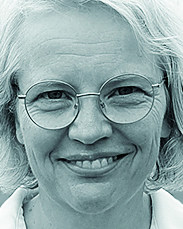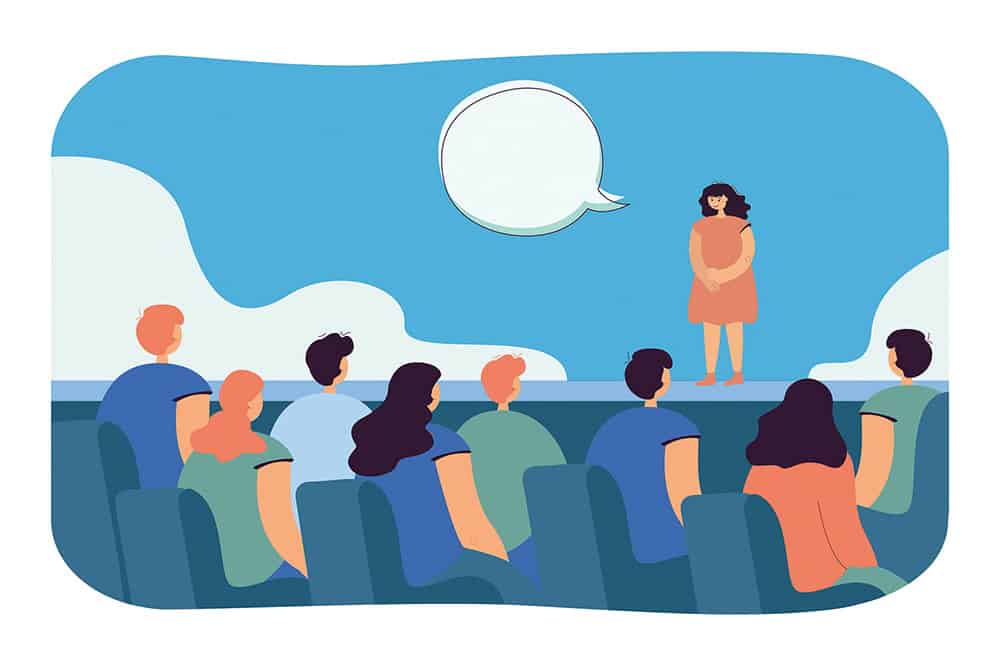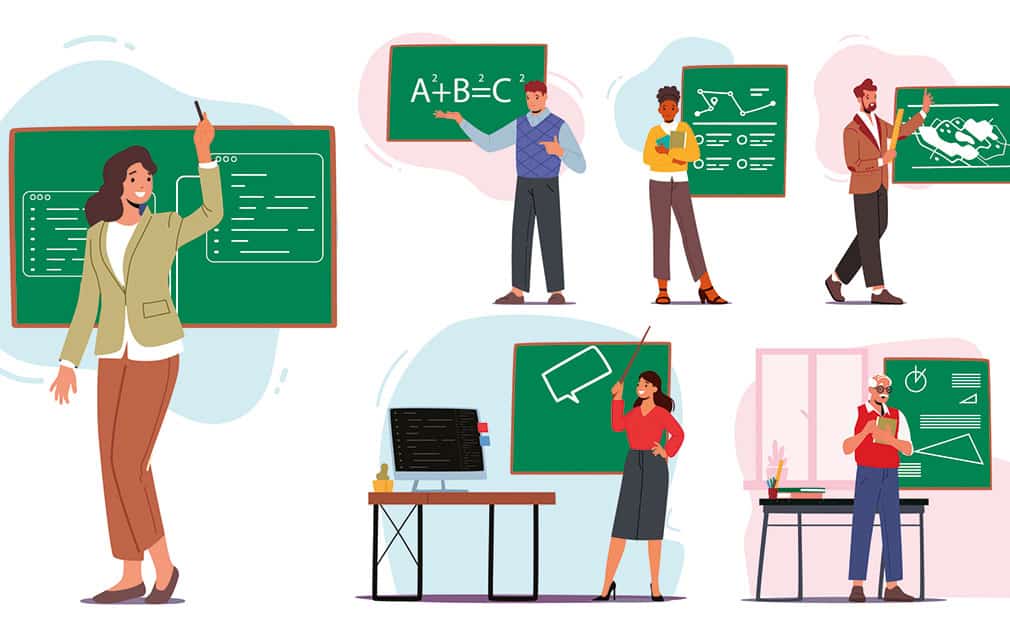“The difference between distance meetings and face-to-face meetings is incredibly exaggerated in some distance meeting cultures,” says Jens Edlund, “and when you exaggerate a difference, you create it.”
Turn on everyone’s microphones, he urges. The cameras too. We are not disturbed by a little background noise when we sit in the same room. We adapt to the situation – and we can do that digitally as well, he says. We raise our voices slightly if the background noise increases, pause if necessary. Only turn off the microphone as a last resort.
“It disrupts the meeting much more if someone is talking but has forgotten to turn on the microphone than it does if you start talking at the same time, because you also do that in ordinary conversation.”

Pressing a ”raise your hand” button instead of gesturing that you would like to speak or writing your question in a chat box instead of saying out loud that you wonder about something are other things Edlund thinks just add complication and stress.
“If we are told to follow certain rules or procedures, it makes us think that we need to behave differently, but most things actually work quite similarly to when we have in-person meetings.”
The number of people attending the meeting obviously plays a part in all his advice. But according to Edlund, the basic principle is the same: act as you would if everyone were in the same room. If the most efficient approach is for someone to decide who is going to speak when or to save all the questions until the end of the meeting, then do the same in the equivalent digital meeting. Otherwise, just let people speak and follow the agenda.
“Research shows that in meetings with up to seven people, having an open form works very well and that control does more harm than good,” says Edlund.
Having microphones and cameras turned on helps the conversation by allowing all that we communicate with our body language and voices. Among the things Jens Edlund researches is the importance of eye contact. That the placing of webcams often means that we appear to be looking slightly in the wrong place in a digital meeting doesn’t matter, he says. “In my experience, the brain filters that out when we know we are being looked at.”
He urges people to use gallery view in digital meeting rooms, so that you can always see all the other participants. In meetings where there is a larger number of participants, speakers may not be able to have eye contact, but they will be able to see if people are looking away and thinking or taking notes, and they can pause if it seems necessary.
“These are adjustments that we always make in conversations, which is why spoken communication works quite strongly. It’s also demotivating to talk to someone who is completely silent or to speak to a black wall. If we don’t receive any feedback, we don’t know if we are being understood.”
Do, however, adjust the software settings so that you do not see your own image in the room, otherwise you will just be unnecessarily self-conscious. For the sake of the other participants, do not use a filter image as a background, as they are not yet good enough and the way the picture flickers is disturbing, Edlund recommends.
He also says that if you want to have the camera turned off so as not to show what you are doing during the meeting, what you are doing is probably not appropriate in the meeting.
“If the type of meeting that you are in allows you to sit knitting, looking out of the window or answering emails at the same time, then that’s perfectly okay, regardless of whether the meeting is digital or face-to-face. And if you fall asleep, it’s probably good that the person speaking sees that.”
Jens Edlund warns against hybrid meetings. Based on research on group behaviour, he believes that hybrid meetings create differences between those who are sitting together and those who are participating digitally, and that this makes it more difficult to reach agreement on things. He says that it is better that everyone participates in a digital meeting room on the same terms, behind their own screens. “The meeting will work a little less well for some people, but the circumstances will be the same for all.”


















